Connecting You to More
| Term | Description |
|---|---|
| Cold Test | Any test to determine the performance of cables during or after subjection to a specified low temperature for a specified time |
| Color Code | A system for circuit identification through use of solid colors and contrasting tracers |
| Common Axis Cabling | In multiple constructions, a twisting of all conductors about a "common axis" with two conductor groups selected as pairs. This practice yields smaller diameter constructions than a separate axis construction. |
| Common Mode | (Noise), caused by a difference in "ground potential." By grounding at either end rather than both ends (usually grounded at source) one can reduce this interference. |
| Communications Cable | UL (Underwriter's Laboratories) Standard 444; National Electrical Code (NEC) Article 800 of NFPA 70 |
| Community Antenna Television Cable | UL (Underwriter's Laboratories) Standard 1655; National Electrical Code (NEC) Article 820 of NFPA 70 |
| Compact Stranded Conductor | A unidirectional or conventional concentric conductor manufactured to a specified diameter, approximately 8 to 10% below the nominal diameter of a non-compact conductor of the same cross-sectional area |
| Compatibility | The ability of dissimilar materials to exist in mutual proximity or contact without changing their physical or electrical properties |
| Composite Cable | A cable consisting to two or more different types or sizes of wires |
| Compound | An insulating or jacketing material made by mixing two or more ingredients |
| Concentric Stranding | A central wire surrounded by one or more layers of helically wound strands in a fixed round geometric arrangement |
| Concentricity | In a wire or cable, the measurement of the location of the center of the conductor with respect to the geometric center of the surrounding insulation |
| Conductance | The ability of a conductor to carry electric current. It is the reciprocal of resistance and is measured in mhos. |
| Conductivity | The capability of a material to carry electrical current - usually expressed as a percentage of copper conductivity (Copper being 100%). |
| Conductor | An uninsulated wire suitable for carrying electrical current |
| Conductor Materials | Materials used to create conductors; most commonly copper and aluminum |
| Conductor Stranding | Composed of uninsulated strands twisted together. Types include solid conductor and stranded conductor. |
| Conduit | A tube or trough in which insulation wire and cables are run |
| Conformitè Europèenne | Indicates that a product complies with a European Directive |
| Connector | A device used to physically and electrically connect two or more conductors |
| Contacts | The parts of a connector which actually carry the electrical current, and are touched together or separated to control the flow |
| Continuity Check | A test to determine whether electric current flows continuously throughout the length of a single wire in a cable or not |
| Continuous Vulcanization | Simultaneous extrusion and vulcanization of rubber-like wire coating materials |
| Control and Instrumentation Cables | CSA (Canadian Standards Association International) Standard C22.2 No. 239-97; Canadian Electrical Code, Part II |
| Control Cable | A multi-conductor cable made for operation in control or signal circuits |
| Copolymer | A polymer formed from two or more types of Monomer |
| Copper-Clad | Steel with a coating of copper welded to it, as distinguished from copper-plated (same as Copperweld) |
| Copperweld | The trade name of Flexo Wire Division (Copperweld Steel Corp.) for their copper-clad steel conductors |
| Cord | A small, flexible insulated cable |
| Cord Sets and Power Supply Cords | CSA (Canadian Standards Association International) Standard C22.2 No. 21; CSA Standard C22.2 No. 0; Canadian Electrical Code, Part II |
Showing 121 - 150 of 567

